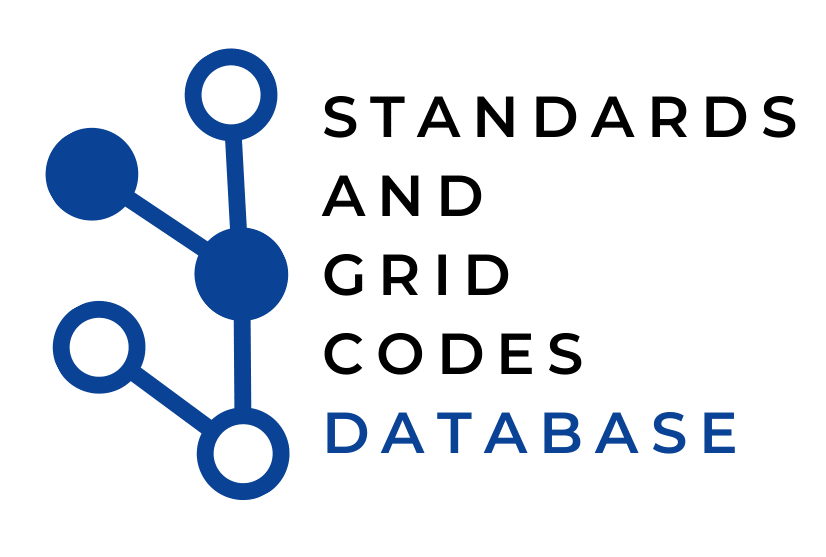| Title | Very high speed digital subscriber line transceivers (VDSL) | |
| Acronym | ITU-T G.993.1 | |
| Document Type | Standard | |
| Committee | ITU-T STUDY GROUP 16 | |
| Published Year | 2004 | |
| Link | https://www.itu.int/rec/dologin_pub.asp?lang=e&id=T-REC-G.993.1-200406-I!!PDF-E&type=items | |
| Abstract G.993.1 VDSL (Very high speed Digital Subscriber Line) permits the transmission of asymmetric and symmetric aggregate data rates up to tens of Mbit/s on twisted pairs. G.993.1 is an access technology that exploits the existing infrastructure of copper wires that were originally deployed for POTS services. While POTS uses approximately the lower 4 kHz and ADSL/HDSL use approximately 1 MHz of the copper wire spectrum, G.993.1 uses up to 12 MHz of the spectrum. G.993.1 can be deployed from central offices or from Fibre-fed cabinets located near the customerpremises. G.993.1 includes worldwide frequency plans that allow asymmetric and symmetric services in the same group of wire pairs (known as a binder). This is accomplished by designating frequency bands |
||
